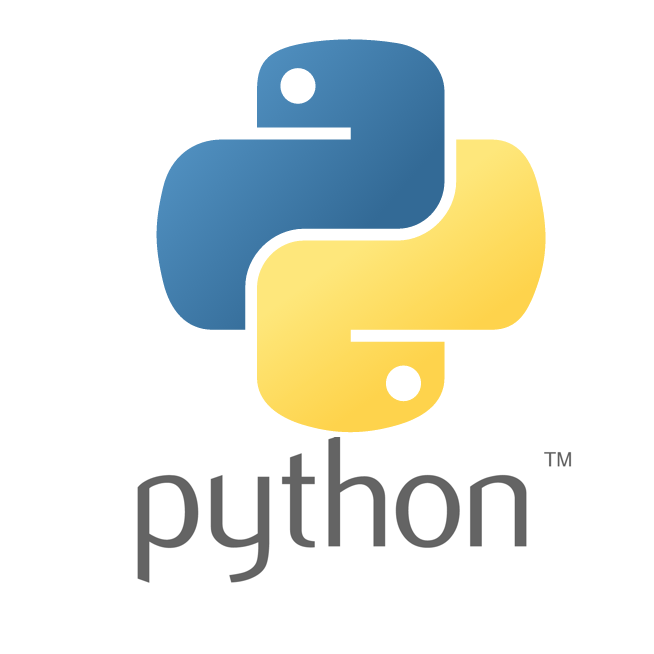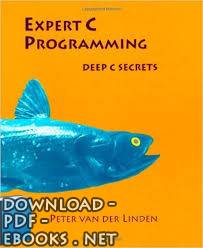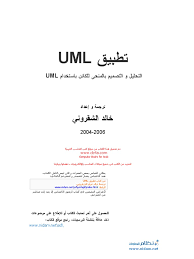كتاب اعمق اسرار البرمجة Expert C Programming: Deep C Secrets
كتاب جيد يتحدث على اسرار البرمجة.
Expert C Programming: Deep C Secrets
By
Peter van der Linden
Introduction
C code. C code run. Run code run...please!
—Barbara Ling
All C programs do the same thing: look at a character and do nothing with it.
—Peter Weinberger
Have you ever noticed that there are plen
ty of C books with suggestive names like
C Traps and
Pitfalls
, or
The C Puzzle Book
, or
Obfuscated C and Other Mysteries
, but other programming
languages don't have books like that? There's a very good reason for this!
C programming is a craft that takes years to perfect.
A reasonably sharp person can learn the basics of
C quite quickly. But it takes much longer to master
the nuances of the langua
ge and to write enough
programs, and enough different programs, to become an expert. In natural language terms, this is the
difference between being able to order a cup of coffee in Paris, and (on the Metro) being able to tell a
native Parisienne where to get off. This book is an advanced text on the ANSI C programming
language. It is intended for people who are already writing C programs, and who want to quickly pick
up some of the insights and techniques of experts.
Expert programmers build up a tool kit of techni
ques over the years; a gr
ab-bag of idioms, code
fragments, and deft skills. These are acquired slowly over time, learned from looking over the
shoulders of more experienced colleagues, either directly or while maintaining code written by others.
Other lessons in C are self-taught. Almost every beginning C programmer independently rediscovers
the mistake of writing:
-
من كتب لغات البرمجة - مكتبة كتب تقنية المعلومات.

قراءة كتاب اعمق اسرار البرمجة Expert C Programming: Deep C Secrets أونلاين
معلومات عن كتاب اعمق اسرار البرمجة Expert C Programming: Deep C Secrets:
كتاب جيد يتحدث على اسرار البرمجة.
Expert C Programming: Deep C Secrets
By
Peter van der Linden
Introduction
C code. C code run. Run code run...please!
—Barbara Ling
All C programs do the same thing: look at a character and do nothing with it.
—Peter Weinberger
Have you ever noticed that there are plen
ty of C books with suggestive names like
C Traps and
Pitfalls
, or
The C Puzzle Book
, or
Obfuscated C and Other Mysteries
, but other programming
languages don't have books like that? There's a very good reason for this!
C programming is a craft that takes years to perfect.
A reasonably sharp person can learn the basics of
C quite quickly. But it takes much longer to master
the nuances of the langua
ge and to write enough
programs, and enough different programs, to become an expert. In natural language terms, this is the
difference between being able to order a cup of coffee in Paris, and (on the Metro) being able to tell a
native Parisienne where to get off. This book is an advanced text on the ANSI C programming
language. It is intended for people who are already writing C programs, and who want to quickly pick
up some of the insights and techniques of experts.
Expert programmers build up a tool kit of techni
ques over the years; a gr
ab-bag of idioms, code
fragments, and deft skills. These are acquired slowly over time, learned from looking over the
shoulders of more experienced colleagues, either directly or while maintaining code written by others.
Other lessons in C are self-taught. Almost every beginning C programmer independently rediscovers
the mistake of writing:
عدد مرات التحميل : 22078 مرّة / مرات.
تم اضافته في : الأحد , 11 مايو 2008م.
حجم الكتاب عند التحميل : 2.1 ميجا بايت .
تعليقات ومناقشات حول الكتاب:
Modeled after the "Dead Poets Soci
ety," which was actually an appreciation group for classical
rhymesters, the Dead Com
puters Society is an appreciation group
for computer architectures that no
longer exist. It started as an informal discussion
panel at the 1991 ASPLOS ("Architecture Support for
Programming Languages and OS's") conference in Sa
nta Clara, California. A group of friends and
colleagues attending the conference noticed that many of them had worked on systems that were now
discontinued.
They decided to make light of this by forming the Dead Computers Society and holding an open
forum round table on the issues involved. The hope was that an intelligent retrospective would allow
future designers to learn from the lessons of the pa
st. Membership of the Dead Computers Society is
open to anyone who has helped design, build, or program a computer system that no longer exists,
ideally for a company that no longer exists. Ther
e are a lot of these; a partial list is shown in
Table 11-3
.
Table 11-3. Dead Computers
The Dead Computers Honor Roll
American Supercomputer Inc.
Intel iPSC/1
Ametek/Symult Intel iPSC/2
Astronautics Intel/Siemens BiiN
Burroughs BSP
Masscomp/Concurrent
CDC 7600, Cyberplus
Multiflow
CHoPP Myrias
Culler Scientific
Niche
Cydrome Prisma
Denelcor SCS
Elxsi SSI
Evans & Sutherland CD
Star Technologies
ETA/CDC Supertek
FLEX (Flexible Computer)
Suprenum/Siemens
Goodyear Aerospace/Loral DataFlow Systems
Texas Instruments ASC
Guiltech/SAXPY Topologix
Floating Point Systems AP-lin
e and T-series
Unisys ISP
Intel 432
On the other hand, membership is also open to anyone who just thinks it's a kind of neat idea. At the
inaugural meeting, there were over 350 attendees.
The panel moderator tried to draw the members out on the "one single thing that, more than anything
else, was responsible for your dead computer." The Elxsi designer said that they had tried to push the
technology too much and used ECL (emitter-coupled logic) before it was ready for prime time.
However, the chief architect from Multiflow, which went down the tubes around the same time as
Elxsi, felt that their decision not to use ECL was one of several factors that ultimately caused
Multiflow's demise!
About the only consensus was that management and market conditions were responsible for many,
many more bankruptcies than were technical failures. This is understandable; companies that don't
تحميل وقراءة أولاين مباشر بدون روابط كتاب اعمق اسرار البرمجة pdfExpert C Programming: Deep C Secrets
 مهلاً !
مهلاً !قبل تحميل الكتاب .. يجب ان يتوفر لديكم برنامج تشغيل وقراءة ملفات pdf
يمكن تحميلة من هنا 'تحميل البرنامج'

نوع الكتاب : pdf.
اذا اعجبك الكتاب فضلاً اضغط على أعجبني و يمكنك تحميله من هنا:


كتب اخرى في كتب لغات البرمجة

احترف البايثون الآن - Learn python now PDF
قراءة و تحميل كتاب احترف البايثون الآن - Learn python now PDF مجانا

أنظمة التعرف على الصوت - Speech recognition systems PDF
قراءة و تحميل كتاب أنظمة التعرف على الصوت - Speech recognition systems PDF مجانا

كيف تبني مفسراً - How to build an interpreter PDF
قراءة و تحميل كتاب كيف تبني مفسراً - How to build an interpreter PDF مجانا



